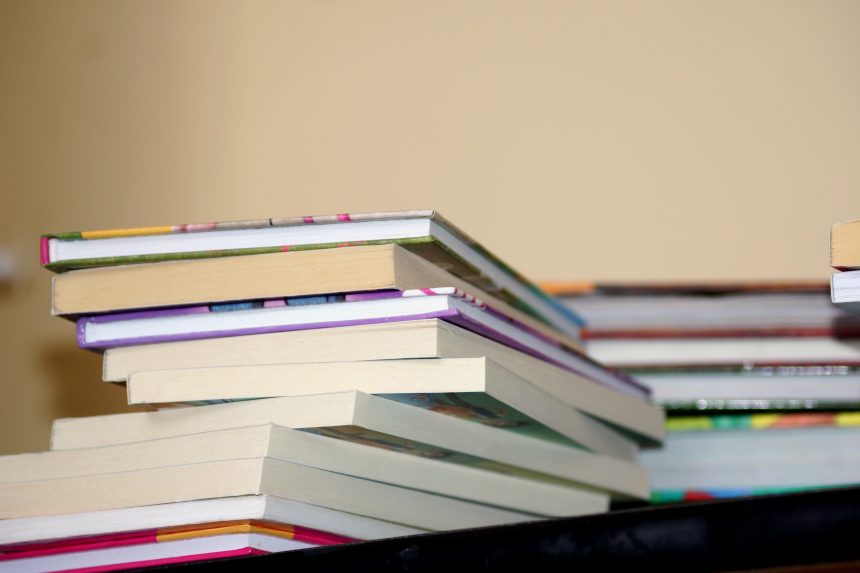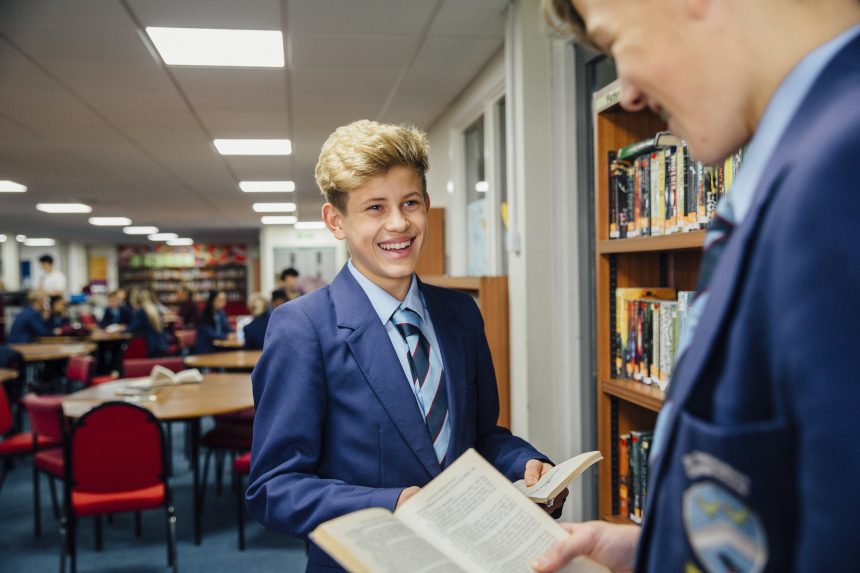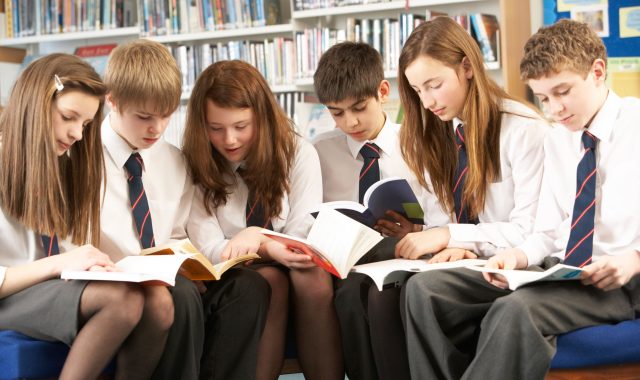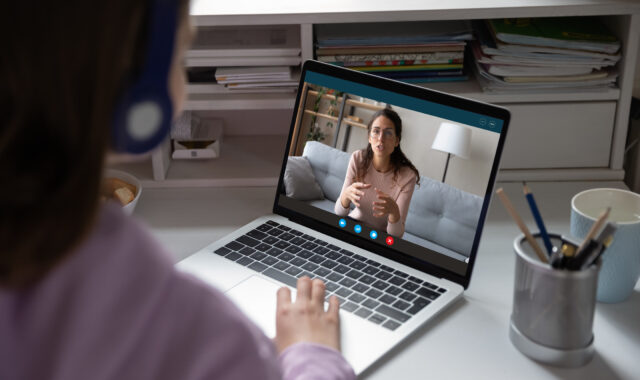Whilst working with students with a range of special needs, almost all of them thought they weren’t very good readers. ‘Why?’ I would enquire, then point out all the progress they had made and how pleased myself and the Teaching Assistant were with them.
Try as I might, I could not convince any of them that they were…good.
Why was their self-esteem so low? Why was their confidence so shaky? The data I had collected over the years had shown steady improvement in reading comprehension, understanding of vocabulary and reading age. Empirically, the class had made great strides forward yet they still regarded themselves as poor readers. Was this the subconscious stigma of being in a special school setting? Lack of validation from others? Something else?
The school had been working on diversity. Taking pride in ourselves, what makes us individuals and how all these different parts come together to make the rich tapestry we call life. Pride. That was the key word. I had to make my students proud of their reading achievements. But how?
I decided that it all came down to audience. Reading as a shared, joyful and meaningful experience. No more individual reading now. Reading would be a dialogue, a celebration, an interactive ecstasy of experience.

Initially we decided to explore the books that inspired the students in the first place. What books did they remember first enjoying reading? Why did they enjoy them? What made them memorable?
A whole host of texts were suggested, from ‘The Cat in the Hat’ to ‘The Wonky Donkey’, from ‘Peace at Last’ to ‘Funnybones’. Each student mentioned two or three texts they loved reading and fuelled their imaginations.
A number of these texts were available in the school library. I pretended that I hadn’t heard of one or two and went to pick them up to share with the class. ‘Yes, that’s the one! Read it – you’ll love it! Wait for this, it’s great!’ went the response when I showed a text to the class.
I looked around. These 15 and 16 year olds were waiting, with bated breath, for a slice of something familiar, something nostalgic and something they all knew and loved. Like an old pair of trainers that fit…just right.
That’s not what I gave them. In my best monotone I delivered the text. The faces changed. Quizzical. Disappointed. Outraged.
‘No, no no. The voices!’
‘The voices?’ I replied, bemused.
‘Yes! That’s the way to read it. With voices!’
Feigning ignorance, I was so pleased when the champion of this text bustled forwards, snatched it out of my hands and began to read. With voices.
The class was rapt. This person had remembered the intonation, the timing, the exact method by which this book had been brought alive. An unsolicited round of applause. A nervous smile followed by the book being thrust back into my hands.
‘That’s how you do it.’
Well. I couldn’t disagree. The book which had been Lazarus-like in my hands was now full of life.

‘Right,’ I said, taking up the challenge and another text, ‘so this is how you do it.’
Again, I left myself open to challenge and was rebuked. ‘Wrong voice. That’s too young!’
‘Show me how then.’ Again I was put right.
After other examples and all of the class offering opinions and advice I stopped. ‘So. What makes these books good?’ I questioned. ‘Is it the way the words are put together? Are they all funny? Is it the pictures?
Eventually we got there. ‘It’s the way you read them.’
‘So why didn’t you like it when I read them?’
‘You didn’t read it right.’
‘And to read it right, you need to be a…good reader?’
‘Yes.’
‘So you read it right?’
‘Yes.’
‘So, you must be…good readers?’
The penny dropped. They were good readers and they knew how to spread the love and enjoyment of that book.
Armed with this new self-realisation and sheen of self-esteem I suggested the next step. Pairing students from years 7, 8, 9 and even 10 to read together. To share their love of books.
Not everyone was keen or confident. We needed a plan.
I supplied the class with a list of students from lower years. All had been identified as needing support in reading from their class teacher. The students picked their partner. The students picked the texts they would share. The students picked the time they would work together (they decided on first thing in the morning, which made sense to me). The students owned the project.

We got together – a throng of young people in a classroom only usually for ten or eleven students at most. The energy was palpable. We played language games, throwing a sponge football to each other. We shared jokes and giggles. We broke the ice.
A week after the initial orientation activities we got down to business. Sharing stories, read the right way to students who thoroughly enjoyed the experience. Once delivered, the younger partner would read the story back with, very often, the same intonation and understanding.
We are still enjoying the project, three times a week. Without fail. I can see the self-esteem and the love of reading grow. We recently asked some of the students if they wanted to ‘show off’ their reading to other staff, support staff (office and cleaners) and senior leaders. Almost all wanted to do this. The experience was wonderful, and I am sure that if Ofsted want to read with any of these students they will really enjoy it. Student voice was really positive about the scheme.
I am looking forward to seeing the empirical data too!







Comments